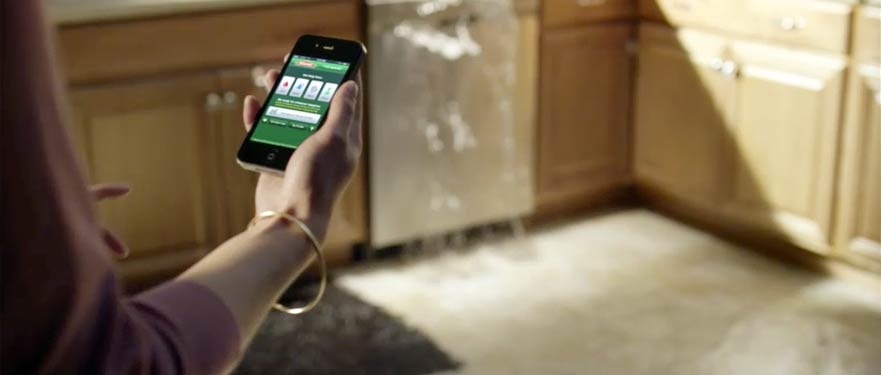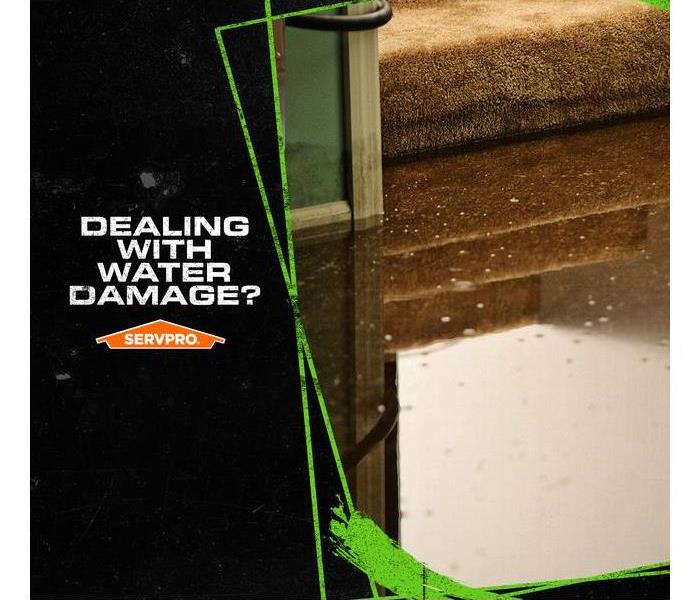
Water Damage Emergency Tips
What you can do until help arrives
Water Tips | Fire Tips | Biohazard Tips | Mold Tips
Helping Your Property After Water Damage
The first step in helping your home after a water damage event is understanding how moisture and water can impact the structure. Porous materials abound in your home’s construction, encouraging absorption into drywall and flooring that permanently ruins these installations without prompt action.
Understanding the Need for Professional Help
No one knows your house as you do, so you have a unique advantage in tracking and notice issues before they become widely destructive. Water damage must be managed immediately with fast action by experienced professionals. We have mitigative and restorative steps to take as soon as our team arrives after the first notice of loss. You can often recognize your need for restoration services with conditions like:
- Humid conditions in rooms of your house
- Developing mold
- Sagging materials
- Stained surfaces
Can You Help Before SERVPRO Arrives?
Despite the knowledge that most of the restoration and cleanup after disasters should be left to capable professionals, there are helpful steps you can take. Water damage worsens when you have contents that can be affected by migrating moisture. Homeowners should:
- Open windows to provide airflow
- Relocate contents if safe
- De-energize rooms dealing with water damage
The Help of SERVPRO Professionals
When you contact experienced SERVPRO technicians, you get a rapid response with industry-leading tools, products, and hands-on knowledge. We create a custom restoration strategy for your property that protects as much of the structure and contents as possible.
Have A Water Damage Emergency? Call (718) 765-5572
What To Do After Flooding
- Remove excess water by mopping and blotting.
- Wipe excess water from wood furniture after removal of lamps and tabletop items.
- Remove and prop wet upholstery and cushions.
- Place aluminum foil or wood blocks between furniture legs and wet carpeting.
- Turn air conditioning on for maximum drying in summer.
- Remove colored rugs from wet carpeting.
- Remove art objects to a safe, dry place.
- Gather loose items from floors.
What NOT To Do After Flooding
- Don't leave wet fabrics in place. Hang furs and leather goods.
- Don't leave books, magazines or other colored items on wet carpet or floors.
- Don't use your household vacuum to remove water.
- Don't use television or other household appliances.
- Don't turn on ceiling fixtures if ceiling is wet, and keep out of rooms where ceilings are sagging.

 24/7 Emergency Service
24/7 Emergency Service



